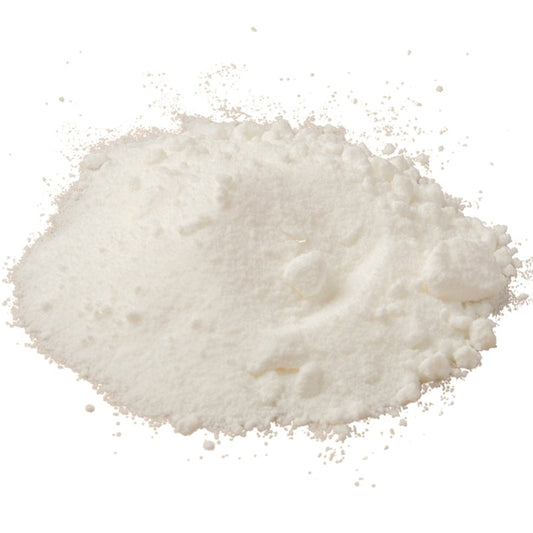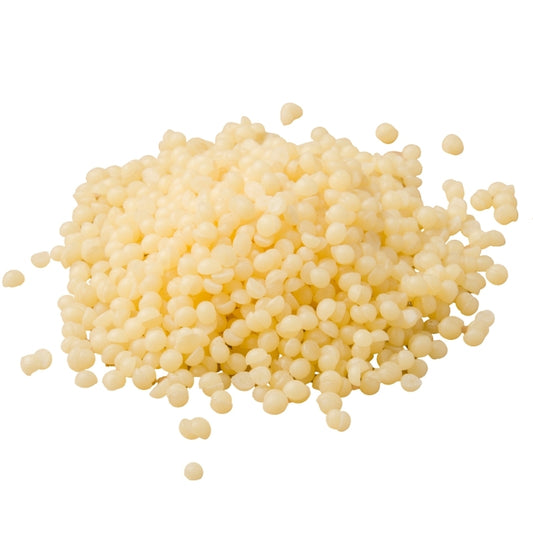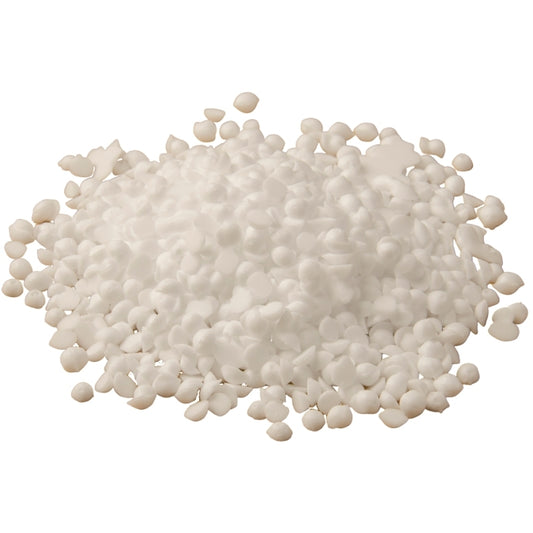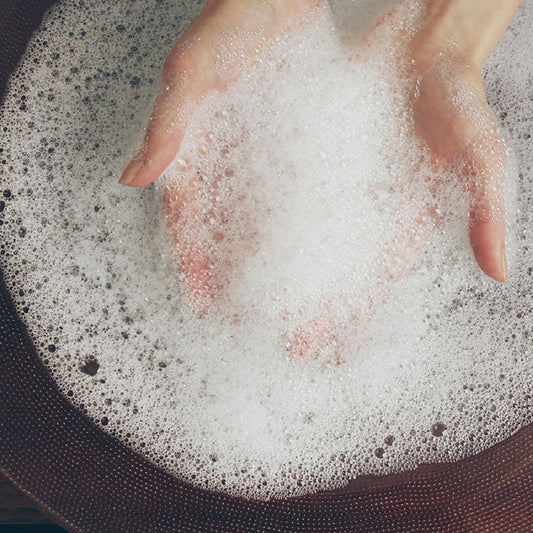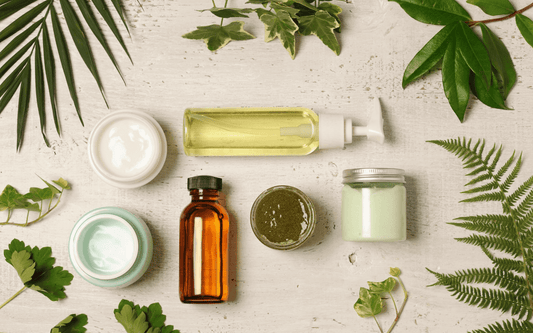
Comparing Different O/W Emulsifiers
Aiden Van WykWe are often asked what the best oil-in-water (O/W) emulsifier to use is. The truth is there is no right answer to this, it depends on what you want your product to do. Lately I have been working quite extensively with pretty much all of the emulsifiers we stock, and have been really appreciating what each is able to do.
Working With Emulsifiers
When creating emulsions, you will definitely be noticing the following organoleptic properties they lend to the final product:
- Skin Feel - this is the most obvious, how the product feels on your skin. Is it light, or richer? Does it make your skin feel hydrated, moisturised? Describe the skin feel.
- Absorption Rate - you will also probably notice how quickly the product sinks into your skin. Does it sink in quickly, medium fast or slowly? Does it leave a residue? Does it feel greasy or not?
- Viscosity - how thick is your emulsion? Most emulsifiers contribute some thickening to the product.
For different climates, humidity or seasons, you might change up the emulsifier you use. Some emulsifiers are just generally better suited to certain seasons because they are richer than others.
Emulsifiers Interact
All of these properties will also depend a lot on what other ingredients are used in the formula, but emulsifiers do play a large part in the behavior of the final product. You will also want to formulate according to skin type.
Property List Of Our Emulsifiers
Here is my description of organoleptic properties for all the O/W emulsifiers we stock. I hope it can help you choose which one will be best for your purposes.
Eco E Wax
- INCI: Glyceryl stearate SE
- Anionic
- Usage Range is typically 3-7%.
- Particularly Beneficial For: Oily Skins (but great for all skin types)
Eco E wax is our oldest and best selling emulsifier. It yields light and quickly absorbed emulsions, with no greasy feel. It makes an excellent lotion consistency, although viscosity can be changed considerably with the addition of butters and fatty alcohols.
I like using Eco E Wax in summer, or in humid climates as it doesn't have that 'sits-on-the-skin' feel: it is fast absorbing, non greasy and weightless. It is great for all skin types but those with oily skins may particularly enjoy it.
Although stable emulsions can be made without it, I find it does benefit greatly with the addition of a small amount of stabilising gum such as xanthan gum, or else a co-emulsifier such as glyceryl monostearate or cetyl alcohol.
I wouldn't say Eco E Wax is hard to work with at all, but if you are a complete beginner you may want to rather play with something like Montanov 68 MB, which is 'sturdier' than Eco E Wax.
Emulsifier HP 30
- INCI: Glyceryl Stearate and Sodium Stearoyl Lactylate and Cetearyl Alcohol
- Non-Ionic
- Typical Usage Range is from 3-5%
- Particularly Beneficial For: All Skin Types
Emulsifier HP 30 yields medium feel and consistency emulsions, which are light but also richer than Eco E wax. It's a wonderful all rounder for all skin types, and is a great moisturiser for all times of year.
It can be made richer or lighter depending on what ingredients are used. It is really just lovely to work with and use!
Montanov 68 MB
- INCI: Cetearyl Alcohol and Cetearyl Glucoside
- Non-Ionic
- Typical Usage Range is 2-8%
- Particularly Beneficial For: Drier Skin
This liquid crystal forming emulsifier yields richer and more luxurious lotions and creams. I would highly recommend it for use in the cooler seasons as it has a really moisturising, rich feel which is great for dry air and dry skin types. Not to say that it can't be used as a moisturiser for all seasons and skins, but that I find it particularly nourishing for drier skin types as it has moisturising properties of its own, in addition to those of any other ingredients used. It leaves skin feeling great for hours afterwards.
It makes lovely white emulsions, and is really easy to work with. I would recommend it to beginners or more advanced formulators alike.
OliveM 1000
- INCI: Cetearyl olivate and sorbitan olivate
- Non-Ionic
- Typical Usage Range is 2-8%
- Particularly Beneficial For: Drier / Mature Skin
OliveM 1000 is a very well known and much loved emulsifier. It yields richer and more luxurious lotions and creams. OliveM 1000 is lovely and nourishing for drier or mature skins, but can be used for all skin types. It makes very ideal 'cream' type consistencies. I would say it has certain similarities to Montanov in terms of skin feel and moisturisation factor, and the two can probably be used as substitutes for one another in most cases. It is very easy to work with.
Glyceryl Stearate & PEG 100 Stearate
- Non-Ionic
- Typical Usage Range is 5-10%, but usage can vary considerably
- Particularly Beneficial For: All Skin Types
This is the most versatile emulsifier in terms of the type of product it can make, as viscosity is managed completely independently from the emulsifier: uniquely, it has no viscosity of its own! Therefore it can be used to make everything from thin milks to thick emulsified body butters - just control the viscosity with butters and fatty alcohols.
It is very easy to use, and typically creates weightless and non-greasy emulsions.
How Do I Know How Much Emulsifier To Use?
This is the one question that bothered me the most when I first started formulating. How the heck do you know how much emulsifier, oil and water to use? Unfortunately there isn't a straight answer to this and you can create an almost infinite number of variations in your emulsion by varying the amounts of water, oil and emulsifier.
You will eventually learn your favourite ratios through experimentation, trial and error.
What I can say is, always refer to the recommended usage rates!
Generally emulsifiers are used at 20-25% of the oil phase, and the oil phase is typically anywhere from 10% to 40% of the entire formula in an O/W emulsion.



